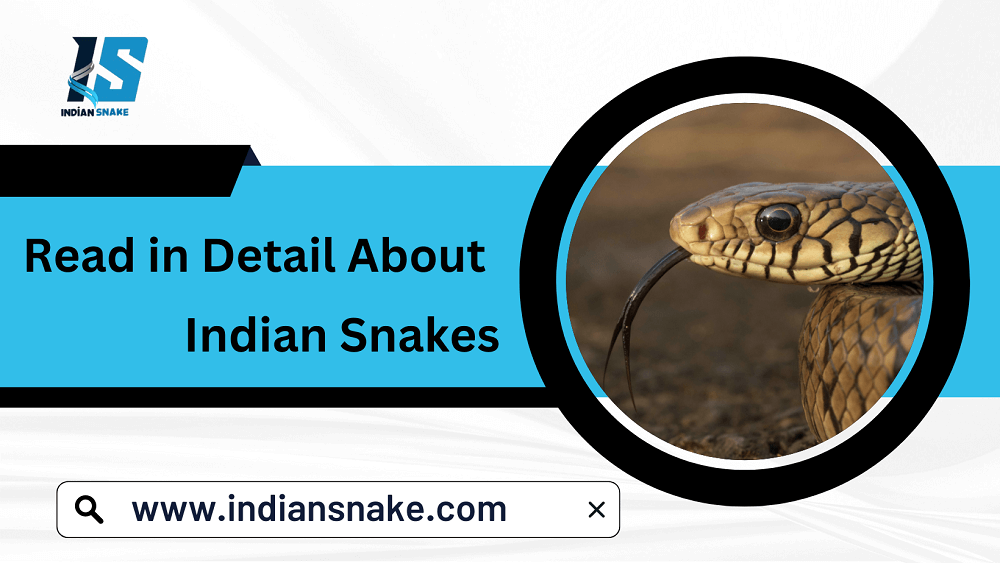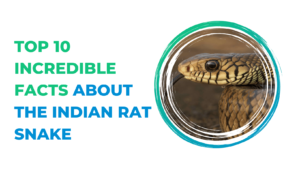
India is home to a diverse range of wildlife, and its snake population is among the most varied in the world. From the non-venomous Indian Rat Snake to the majestic and deadly King Cobra, Indian snakes play a crucial role in the country’s ecosystem. This article will take you on a journey through the world of Indian snakes, exploring their habitats, behaviors, and significance in Indian culture and ecology.
Introduction to Indian Snakes
Snakes have always held a significant place in Indian mythology, culture, and religion. They are revered, feared, and respected across the country. India’s diverse climate and geography provide the perfect environment for various snake species, ranging from the high altitudes of the Himalayas to the dense forests of the Western Ghats and the arid deserts of Rajasthan.
Indian Rat Snake (Ptyas mucosa)
The Indian Rat Snake, also known as ‘Dhaman’ in Hindi, is one of the most common and widely distributed snakes in India. Despite its menacing appearance, the Indian Rat Snake is non-venomous and harmless to humans. It can grow up to 11 feet in length, making it one of the longest snakes in India.
Habitat and Behavior:
Indian Rat Snakes are often found in agricultural fields, forests, wetlands, and even urban areas. They are excellent climbers and swimmers, which allows them to adapt to various environments. Rat Snakes primarily feed on rodents, birds, and frogs, making them beneficial to farmers as they help control the rodent population.
Cultural Significance:
In Indian culture, the Rat Snake is often associated with Lord Shiva, who is depicted with a snake around his neck. Although not worshipped directly, Rat Snakes are respected for their role in controlling pests and maintaining ecological balance.
The Spectacled Cobra (Naja naja)
The Spectacled Cobra, also known as the Indian Cobra, is one of the most iconic and revered snakes in India. Recognizable by the distinctive hood pattern resembling spectacles, the Spectacled Cobra is both respected and feared for its venomous bite.
Habitat and Behavior:
Cobras are found in a variety of habitats, including forests, agricultural lands, and urban areas. They are diurnal creatures, often seen during the day, but they can also be nocturnal depending on the temperature and availability of prey. The Indian Cobra primarily feeds on rodents, birds, and frogs.
Cultural Significance:
The Cobra holds a sacred place in Hindu mythology and is often associated with the god Shiva. The festival of Nag Panchami is dedicated to the worship of snakes, particularly the Cobra, where devotees offer milk and prayers to live snakes in temples.
The King Cobra (Ophiophagus hannah)
The King Cobra is the longest venomous snake in the world, capable of reaching lengths of up to 18 feet. It is not just its size that makes the King Cobra stand out but also its intelligence and ability to deliver a potentially fatal bite.
Habitat and Behavior:
King Cobras are primarily found in the forests of the Western Ghats, Northeastern India, and the Andaman Islands. They prefer dense, humid forests and are excellent climbers and swimmers. Unlike other snakes, the King Cobra primarily feeds on other snakes, including venomous species. This diet earns it the scientific name “Ophiophagus,” meaning “snake-eater.”
Cultural Significance:
The King Cobra is considered the “king” of all snakes in India, and it holds a prominent place in Indian folklore. Despite its fearsome reputation, it is respected and often left undisturbed by locals. In many regions, the King Cobra is believed to possess a guardian spirit, and its presence is considered a good omen.
The Russell’s Viper (Daboia russelii)
The Russell’s Viper is one of the deadliest snakes in India, responsible for a significant number of snakebite fatalities each year. It is a member of the “Big Four,” a group of snakes that are most responsible for snakebite cases in India, along with the Spectacled Cobra, Common Krait, and Saw-scaled Viper.
Habitat and Behavior:
Russell’s Vipers are found in a wide range of habitats, including grasslands, forests, and agricultural fields. They are nocturnal and ambush predators, lying in wait for their prey, which includes rodents, birds, and lizards. Their venom is highly toxic, causing blood clotting disorders that can be fatal if untreated.
Cultural Significance:
Despite its deadly nature, the Russell’s Viper is respected and feared in equal measure. In rural India, the presence of this snake is often seen as a warning or an omen. Due to its role in local ecosystems, it is sometimes considered a necessary evil, helping to control pest populations.
The Common Krait (Bungarus caeruleus)
The Common Krait is another member of the Big Four and is considered one of the most venomous snakes in India. It is nocturnal and rarely seen during the day, which adds to its mystique and danger.
Habitat and Behavior:
Kraits are found in a variety of environments, including forests, fields, and human habitations. They are highly venomous, with a bite that can cause paralysis and death if not treated promptly. The Krait’s diet mainly consists of other snakes, rodents, and small mammals.
Cultural Significance:
In Indian folklore, the Krait is often seen as a symbol of stealth and danger. Its venomous nature and elusive behavior make it a subject of fear and awe. Despite its deadly bite, the Krait is an important part of India’s natural heritage.
Conservation and Coexistence
Snakes play a vital role in maintaining ecological balance, controlling pest populations, and contributing to the health of ecosystems. However, human encroachment, habitat destruction, and persecution have led to a decline in many snake species in India.
Conservation Efforts:
Efforts are being made to protect India’s snake population through education, conservation programs, and the establishment of snake rescue centers. Organizations like the Madras Crocodile Bank Trust and the Wildlife Trust of India are working to raise awareness about the importance of snakes in the ecosystem and the need for their conservation.
Coexistence with Snakes:
In rural areas, where snake encounters are common, traditional knowledge and respect for these creatures have allowed for a relatively peaceful coexistence. Understanding snake behavior and knowing how to react in case of an encounter can help reduce the risk of snakebites and promote harmony between humans and snakes.
Conclusion
From the non-venomous Indian Rat Snake to the majestic and deadly King Cobra, India’s snakes are as diverse as the country itself. They are an integral part of the nation’s ecology, culture, and heritage. While some are revered and others feared, all deserve respect and protection. As we continue to explore and understand these fascinating creatures, it is essential to remember their importance in maintaining the delicate balance of nature. By protecting India’s snake population, we are also safeguarding the rich biodiversity that makes India unique.







